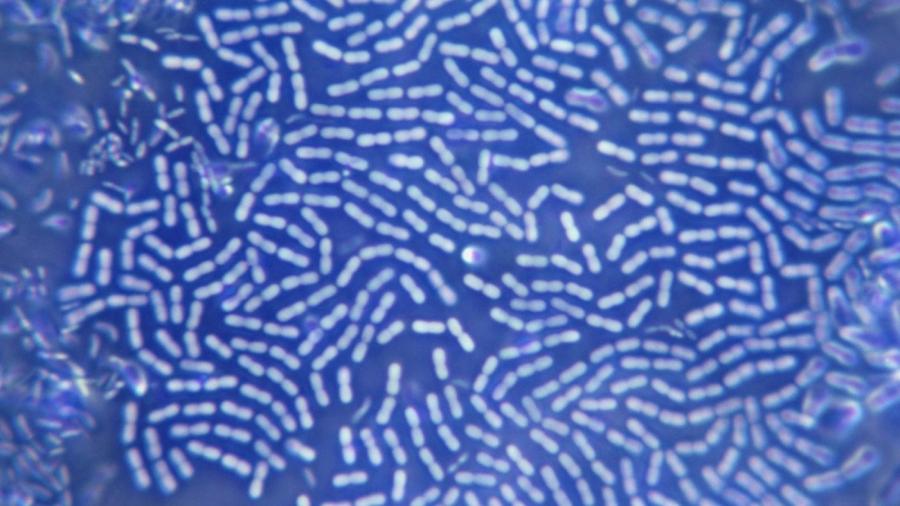How Does Bacteria Get Into the Human Bloodstream?

Bacteria can get into the bloodstream through a tear in the skin, from insect bites, from dental procedures and from ingesting contaminated food and water. Usually the amounts are small and healthy bodies fight off the infection using white blood cells.
Skin protects the insides of human bodies from injury and disease. When the skin is injured by a cut or scrape, that protective layer is compromised, and any bacteria that comes in contact with the wound enters the bloodstream. This is easily prevented or minimized by sterilizing wounds and keeping them bandaged, at least until a scab starts to form.
Mosquitoes, which feed on blood, can transfer bacteria from one victim to the next through their needle-sharp proboscis. In some parts of the world they are known for transmitting malaria, requiring people in those areas to take quinine to counteract the infection.
People with gum disease and bleeding gums can cause bacteria to enter the bloodstream while brushing. Dental work can also cause an infection, which is why dentists often prescribe antibiotics before and/or after certain procedures.
When contaminated food and water is ingested, bacteria get into the bloodstream through the stomach and intestines. Sometimes the infection causes an upset stomach with vomiting and diarrhea. Severe cases of food poisoning can send victims to the hospital and may be fatal.





